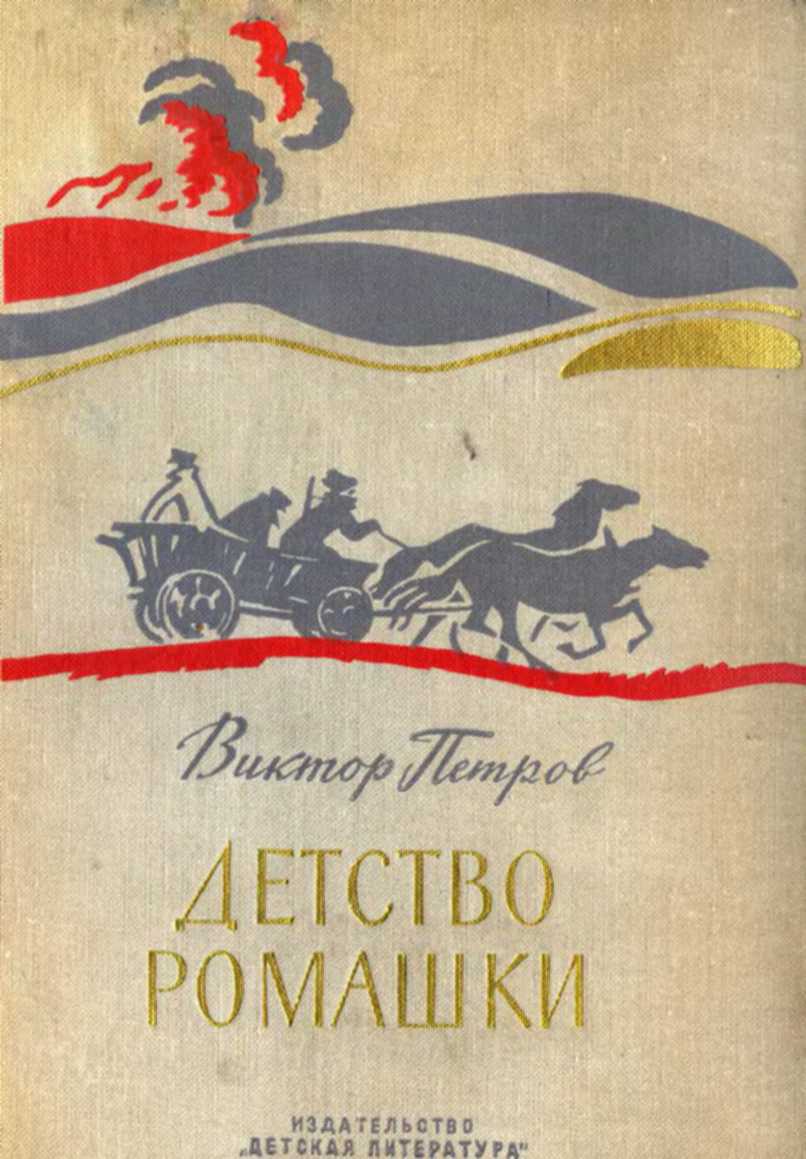class="p">370. Saunders (2003, p. 206).
371. Levinson (2016).
372. Pettus et al. (2017, p. 389).
373. Bernhofen, El-Sahli, and Kneller (2016).
374. Borenstein and Rose (2014); Vietor (1994, pp. 23–90). 375. Breyer (1982, p. 433); Vietor (1994, pp. 51–57).
658 Notes to Chapter 9
376. Keeler (1972).
377. Vietor (1994, p. 81).
378. With the coming of the Internet in the twenty-first century, consumers found it increas-
ingly easy to game the yield-management system. The airlines were forced to turn to an older style of price discrimination—charging separate fees for services like meals and checked baggage.
379. Borenstein and Rose (2014, p. 82).
380. Gooslbee and Syverson (2008).
381. According to Airlines for America, the industry trade group. The figure today is
87 percent. See “Air Travelers in America: Annual Survey,” June 23, 2022, https://www.airlines .org/dataset/air-travelers-in-america-annual-survey/.
382. Morrison and Winston (1986, p. 51). 383. Borenstein and Rose (2014, p. 77). 384. Hummels (2007, p.152).
385. Carron (1981).
386. Lovelock (2004). This Frederick W. Smith is no relation to the Frederic Smith who ran the Olds Motor Works early in the century.
387. Saunders (2003, p. 129).
388. In fact, Smith claimed not to remember what grade he got (Dumaine 2002). The point of the paper was less the idea of a hub-and-spoke system than an argument that the high-tech businesses of the future would need an extremely fast and reliable system of parts delivery.
389. Gompers (1995, p. 1465).
390. Among the most important services FedEx offered was the overnight delivery of letters and documents. This brought the company into contact with another manifestation of federal regulation, the Private Express Statutes. Were these overnight missives first class mail, which only the US Postal Service was permitted to deliver? Fearing legislation after FedEx and other courier companies instigated hearings in the House of Representatives in 1979, the USPS pro- mulgated a regulation (39 CFR Sec. 320.6C) that permitted the shipment of “time sensitive” documents if they were priced at more than twice the applicable first-class rate.
391. Bailey (2010, p. 193).
392. Carron (1981).
393. Hummels (2007, p. 152).
394. Besen and Crandall (1981); Hazlett (2017, pp. 102–18).
395. The broadcasters also complained that the CATV operators were violating copyright
by rebroadcasting their signals. The Supreme Court twice ruled against the broadcasters, but in 1976 Congress passed a bill mandating compulsory licensing at a low fee (Besen and Crandall 1981, p. 103).
396. Wu (2010, p. 181).
397. Hazlett (2017, pp. 106–10).
398. Home Box Office v. FCC, 567 F.2d 9 (1977). 399. Wu (2010, pp. 184–85).
400. Horwitz (1989, p. 256).
401. Wu (2010, pp. 101–14, 190–91).
402. Temin with Galambos (1987, pp. 41–54).
Notes to Chapter 9 659
403. Vietor (1994, pp. 194–202).
404. Temin with Galambos (1987).
405. Temin with Galambos (1987, pp. 200–64).
406. “Baxter on AT&T,” New York Times, April 12, 1981, Section 3, p. 18.
407. Temin with Galambos (1987, p. 116).
408. Temin with Galambos (1987, p. 282).
409. United States v. American Tel. and Tel. Co., 552 F. Supp. 131 (D.D.C. 1983).
410. Crandall (1988).
411. Gertner (2012, pp. 280–83).
412. Drucker (1984, p. 18).
413. Gertner (2012, pp. 285–97); Hazlett (2017, pp. 173–91).
414. Hazlett (2017, pp. 192–211).
415. McAfee, McMillan, and Wilkie (2010, p. 169).
416. Coase (1959).
417. Coase (1960).
418. Herzel (1998).
419. McAfee, McMillan, and Wilkie (2010).
420. Meehan and Larner (1989, pp. 182–83).
421. Kaysen and Turner (1959).
422. Shepherd (1996, p. 948).
423. Meehan and Larner (1989, p. 186).
424. Williamson (1983, p. 292). This was based on Turner’s remark that he approached a
certain kind of vertical contracting “not hospitably in the common law tradition, but inhospi- tably in the tradition of antitrust law.”
425. Simons (1934).
426. Stigler (1988, p. 97).
427. Stigler (1952).
428. Dewey (1979a).
429. Director and Levi (1956). Although they had absorbed the Director and Levi point
that tying is really often about price discrimination, Kaysen and Turner still maintained that “tying tends to spread market power into markets where it would not otherwise exist” (Kaysen and Turner 1959, p. 157). They called for it to be illegal per se. Although they explicitly consider only the simple punched-card case, Kaysen and Turner do mention (but do not explore) possible dynamic effects. Whether tying might have negative effects in much more complex dynamic settings is a question to which we return.
430. Posner (1979, p. 928).
431. Coase (1972, p. 67).
432. Boettke and Candela (2014), citing Becker (1976, p. 5).
433. McCloskey (1997).
434. Demsetz (1982).
435. Coase (1937).
436. Hovenkamp (2010, p. 628).
437. Areeda and Turner (1978). The first three volumes appeared in 1978. Subsequent vol-
umes appeared in 1980 and, with Areeda as sole author, in 1986.
660 Notes to Chapter 9
438. Hovenkamp (2005, p. 37).
439. Continental T.V., Inc. v. GTE Sylvania, Inc., 433 U.S. 36 (1977).
440. Preston (1989).
441. Eisner and Meier (1990).
442. White (2000).
443. Fisher, McGowan, and Greenwood (1983, p. 344).
444. Barnaby J. Feder, “End of Action on I.B.M. Follows Erosion of its Dominant Position,”
New York Times, January 9, 1982, p. 1.
445. Schumpeter (1950, p. 127).
446. US Bureau of the Census, Statistical Abstract of the United States, 1960 and 1980.
447. Roszak (1969, p. 34).
448. Shlaes (2019, pp. 36–40).
449. Roszak (1969, p. 13).
450. Turner (2006).
451. Roszak (1986, p. 33, emphasis original).
452. Roszak (1986, p. 15).
453. Lécuyer (2006).
454. Leslie (1993); Wright (2020).
455. Langlois and Robertson (1995, p. 114).
456. Marshall ([1920] 1961, IV.x.3, p. 271).
457. Lécuyer (2006, p. 5).





